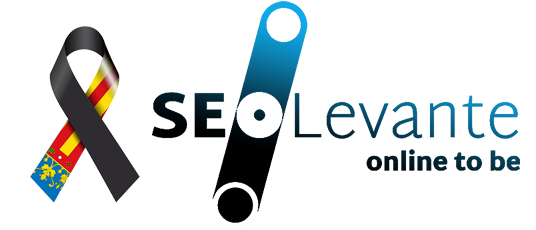Tras 11 de años de profesión en el SEO me decido a abrir mi blog profesional.
En este blog, a día de hoy pienso que voy a escribir sobre cosas que estudie de SEO, aciertos y desaciertos en el ejercicio de mi profesión preservando la privacidad y seguramente algunas cosas sobre arte y diseño.
Me he animado definitivamente tras leer este artículo de Tom Critchlow Strange Attraction.
El artículo de Tom versa sobre cómo un consultor independiente puede entrar en un círculo virtuoso de captación de clientes y la parte que más me interesado es la de abrir un blog para que la gente sepa que estás en activo, vean qué haces, sabes hacer y quieres hacer… Se llega a una parte fría y es que es más importante que te vean activo que lo que dices.
Además, pensando estos días en esto, sí tengo muchas cosas que podría compartir, desde mi día a día a cosas que voy estudiando porque un SEO tiene que estar estudiando todas las semanas. No porque no ‘haya acabado mis estudios’ sino porque es una profesión sujeta a la innovación, expuesta como pocas a la globalización y hay muchas formas de abordar el SEO.
Dicho esto, voy a insertar parte de las notas que tomé del artículo de Tom Strange Attraction:
- Focus on networks over networking
- Articulate your work
- Publish to be present
It’s important for leads to be primed for long term strategic work – because you want large enough problems that the senior leadership of the business is talking to you and you want retained work that lasts.
Optimizing for quality over quantity.
It’s not enough to just have a network though. You need to talk to them for two key reasons:
Firstly – the key to getting good leads is helping your network understand what opportunities you might be a good fit for. You have to help your network understand what you do and how you think.
…for example “SEO leader with a background in content and commerce”.
You need to talk and share with your network so that they can find these specific reference points for a warm intro.
Secondly – being top of mind is, remarkably, an effective tactic. Humans are wired for recency so if someone saw a post or email of yours recently they’ll be much more likely to put you forward for work. Especially the further out you go in the fringes of your network you need to be seen to be remembered.
Blog+newsletter combo is a great answer.
For independents you have to carve out your own little space to write and distribute your ideas.
The lesson is that language is a virus. Design your case studies to be pithy – talk about your work in small fragments that can be repeated in oral culture.
This is an ongoing project of listening to how people make intros for you – and noting the little phrases they use. How are people understanding and describing your work in the two-line email?
“Capabilities deck” – i.e. a PDF that summarizes the work you do and who do it for – is useful and helpful in closing the right kinds of work.
I asked Venkatesh Rao how to find more alternative work out of your comfort zone and he said this (bolding mine):
I think you just have to do whatever most energizes you and produces a lot of output, and let the work/opportunities find you. I have never gotten an enjoyable weird gig out of going fishing myself. You choose boring, normal work, but interesting, weird work chooses you.
Quantity has a quality all its own as Lenin said. The sheer volume of your work is what works as a signal of weirdness, because anyone can be do a one-off weird thing, but only volume can signal a consistently weird production sensibility that will inspire people betting on you. The energy evident in a body of work is the most honest signal about it that makes people trust you to do things for them.
It’s not just about what you say but also how you say it.

